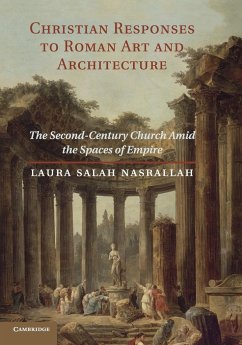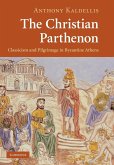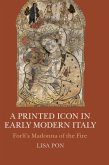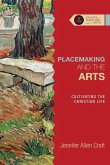Laura Nasrallah argues that early Christian literature addressed to Greeks and Romans is best understood when read in tandem with the archaeological remains of Roman antiquity. She examines second-century Christianity by looking at the world in which Christians 'lived and moved and had their being'. Early Christians were not divorced from the materiality of the world, nor did they always remain distant from the Greek culture of the time or the rhetoric of Roman power. Nasrallah shows how early Christians took up themes of justice, piety and even the question of whether humans could be gods. They did so in the midst of sculptures that conveyed visually that humans could be gods, monumental architecture that made claims about the justice and piety of the Roman imperial family, and ideas of geography that placed Greek or Roman ethnicity at the center of the known world.
Bitte wählen Sie Ihr Anliegen aus.
Rechnungen
Retourenschein anfordern
Bestellstatus
Storno









